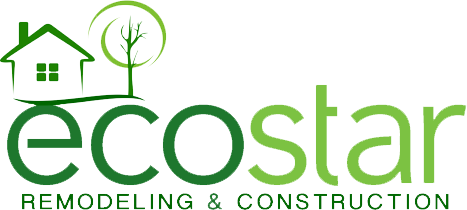
One of the most important aspects of any bathroom remodeling project is choosing materials that can withstand the room’s naturally humid and wet environment. Moisture-resistant surfaces not only improve the longevity of your bathroom but also reduce the risk of mold, mildew, and costly repairs. Whether you’re updating a powder room or designing a spa-like master bath, selecting the right materials will ensure your space remains both beautiful and functional for years to come.
Top Moisture-Resistant Flooring Options
Bathroom floors need to stand up to daily exposure to water and humidity. Porcelain and ceramic tiles are two of the most popular options, known for their water resistance, durability, and range of styles. These tiles are perfect for both floors and walls and can mimic the look of stone or wood without the maintenance.
Luxury vinyl tile (LVT) and sheet vinyl have also gained popularity for bathroom floors. They offer strong resistance to moisture, are soft underfoot, and are often easier to install than tile. For a more luxurious finish, consider natural stone options like slate or granite—but keep in mind that they require sealing to remain water-resistant and may need regular maintenance.
Wall Surfaces That Withstand Humidity
When remodeling bathroom walls, especially in shower areas, moisture resistance is a must. Ceramic and porcelain tiles are excellent choices for wet zones, offering style and performance with easy cleanup. Another popular material is acrylic or fiberglass wall panels, which provide a seamless look and are highly resistant to water infiltration.
For non-shower walls, water-resistant paint or moisture-resistant drywall (often called green board) can protect against humidity in less direct exposure areas. Cement backer board is a reliable option behind tiles in wet areas, as it doesn’t warp or grow mold like traditional drywall.
Countertops and Vanities Built to Last
Bathroom vanities and countertops also face daily exposure to water and need to be built with moisture-resistant materials. Quartz is one of the best options—it’s non-porous, durable, and available in a wide range of colors and patterns. Solid surface countertops also offer seamless integration with sinks and easy maintenance.
Laminate and wood-based options should be sealed properly or avoided in high-moisture bathrooms, as they can swell or warp over time. For cabinetry, consider using plywood with a water-resistant coating or MDF with a moisture-resistant finish.
In conclusion, selecting the right materials is crucial to the success of your bathroom remodeling project. Prioritizing moisture resistance ensures your new bathroom will remain safe, hygienic, and stylish for years to come. Take time to research and invest in quality materials that meet both your design goals and performance needs.

